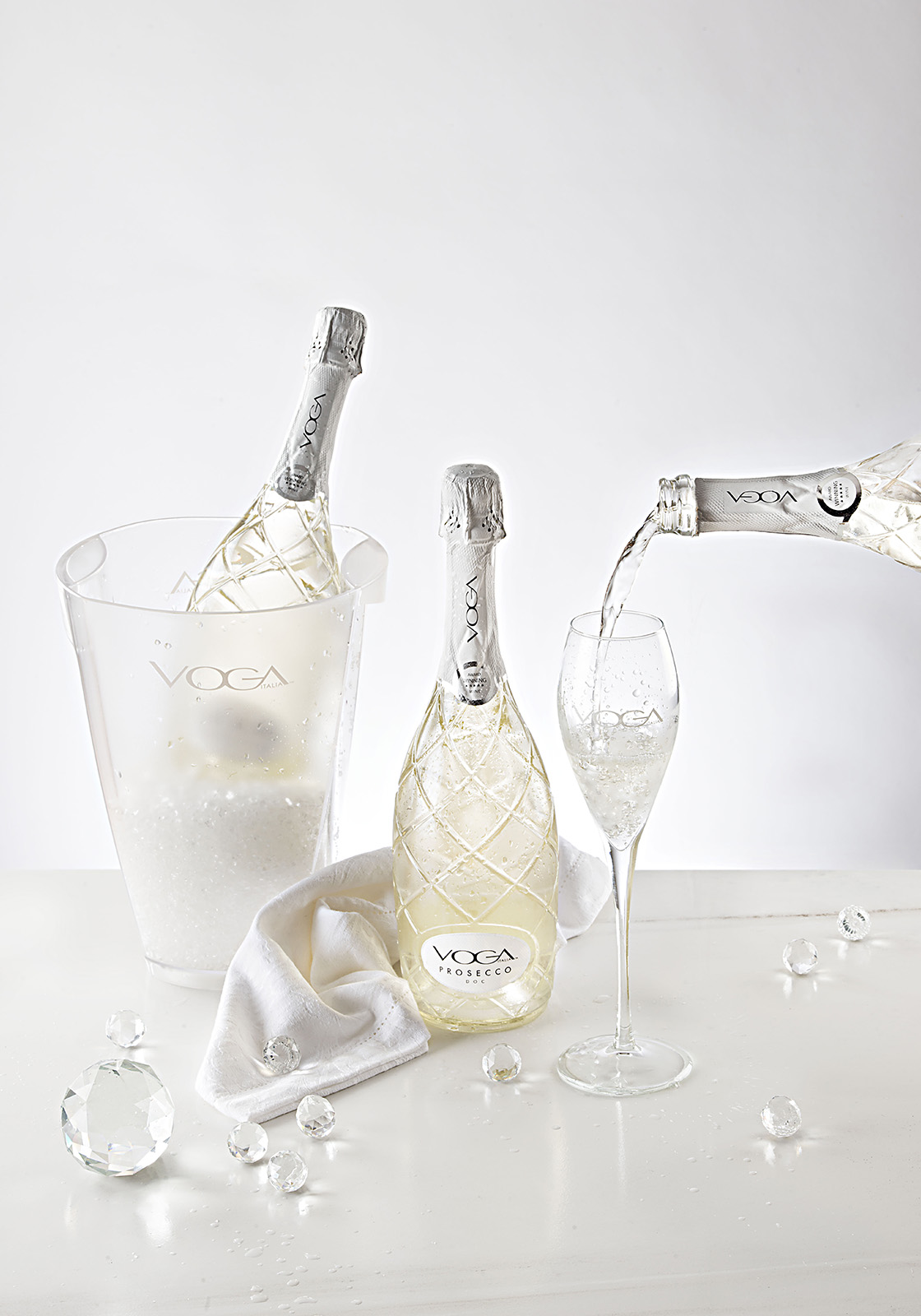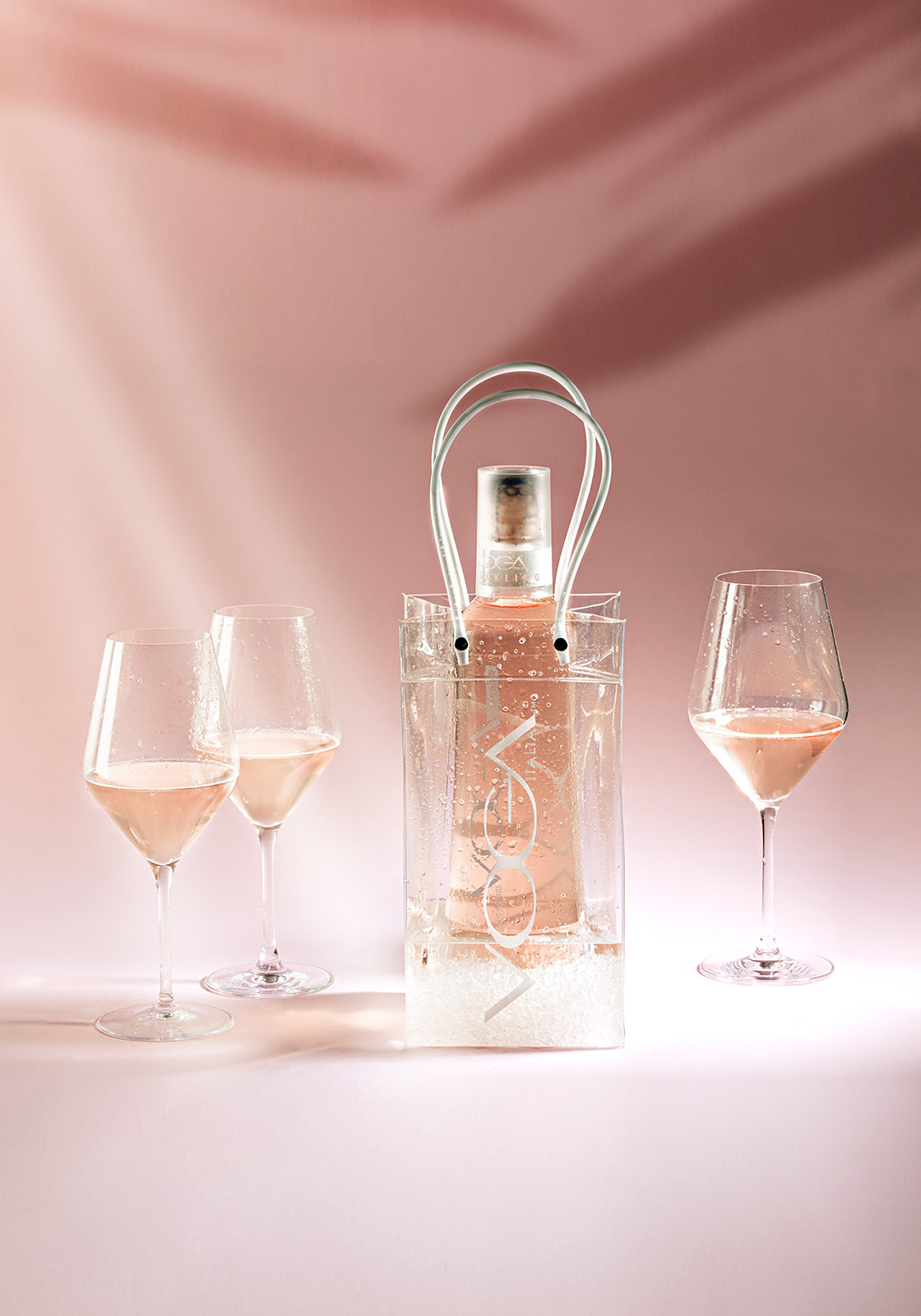Sparkling wine
Sparkling wines, once drunk mainly for celebrations and toasts, today they are increasingly appreciated all over the world and enjoyed especially for the popular aperitif. Over 500 million Italian bottles are exported, which is about 70% of the total production of sparkling wines. The major market is the UK with +7% of bottles exported in 2019, the United States in second place despite an +11% in sales and Germany is in third place. Italian sparkling wine is also very popular in Russia with an increase of 17%. For some years Prosecco has been the most exported Italian wine in the world.

How to produce sparkling wine
The most important sparkling methods are the Champagne method (classic method) and the Charmat method (or Martinotti).
Most sparkling wines go through two fermentations: one to turn the grape juice into still wine without bubbles (that’s called a base wine) and a subsequent one to turn the base wine into bubbly wine. The winemaker instigates the second fermentation by adding yeasts and sugar to the base wine. The added yeasts convert the added sugar into alcohol and carbon dioxide (CO2) bubbles.
The more traditional method of producing sparkling wines is to conduct the second fermentation in the individual bottles in which the wine is later sold. The technique of conducting the second fermentation in the bottle is called the classic or traditional method in Europe; in the United States, it’s called the champagne method or méthode champenoise.
The base wine stays in contact with the yeasts also for a long time (it can reach several years, according to the production specifications). When the sparkling wine has almost reached the aging on the lees, the remuage phase begins: each bottle is rotated by hand or with a mechanical method (gyropalette) until it is tilted with the cap down.
Reached the bottle in a vertical position, the neck is frozen with special machinery. This is how we proceed with the disgorgement: the bottle is uncorked and the frozen lees are expelled. The last step is the dosage, with the addition of sugar and wine, according to the desired sugar content, to restore the part of wine expelled. The final phase is represented by the cork. With the Classic method, the result is a smooth and creamy texture with a fine and persistent perlage.
In the Charmat method the refermentation takes place in stainless steel pressurized tanks and the base wine cannot stay in contact with the yeasts for more than 30 days. This method creates mostly light, fresh and fruity notes. A typical example is the well renowned Prosecco.
Sugar content of sparkling wines
Depending on the residual sugar that remains in the sparkling wine, after processing and the second fermentation, the different categories of sparkling wines are distinguished:
• Zero dosage (Pas dosé or Brut nature): sugar less than 3 g / l; the sparkling wine did not immediately add any sugar after the second fermentation
• Extra brut: sugar between 0 and 6 g / l
• Brut: sugar between 6-12 g / l
• Extra dry: between 12 and 17 g / l
• Dry (Sec or Dry): between 17 and 32 g / l
• Medium sweet (Demi-sec): between 32 and 50 g / l
• Sweet: above 50 g / l
Sugar content of sparkling wines
Depending on the residual sugar that remains in the sparkling wine, after processing and the second fermentation, the different categories of sparkling wines are distinguished:
• Zero dosage (Pas dosé or Brut nature): sugar less than 3 g / l; the sparkling wine did not immediately add any sugar after the second fermentation
• Extra brut: sugar between 0 and 6 g / l
• Brut: sugar between 6-12 g / l
• Extra dry: between 12 and 17 g / l
• Dry (Sec or Dry): between 17 and 32 g / l
• Medium sweet (Demi-sec): between 32 and 50 g / l
• Sweet: above 50 g / l

Serving temperatures
Dry sparkling wines are served at a temperature of 4-6 °C; sweet sparkling wines at a temperature of 6-8 °C.
Sparkling rose
Rosé wines are made from a wide variety of grapes and can be found all around the globe. When rosé wine is the primary product, it is produced with the skin contact method. Black-skinned grapes are crushed and the skins are allowed to remain in contact with the juice for a short period, typically two to twenty hours.
With one exception: classic method sparkling wines can be produced both from base wines vinified in rosé and from cuvées that include both white and red base wines.
Sparkling rose wines can offer interesting versatility with food pairing. Often when a white wine is not as structured and a red wine is simply too much, the answer is given by a rose wine.





